This article contains spoilers for both the film Foe (2023) and the book Foe (2018) by Iain Reid.
The film, Foe, is based on the novel of the same name by Iain Reid, and though there are many similarities between the source material and the adaptation, the film does make some changes. Iain Reid has written other novels that have been turned into films, including the mind-bending I’m Thinking of Ending Things that Charlie Kaufman helmed. Foe was directed by Garth Davis, an accomplished filmmaker who made the 2016 movie Lion.
Starring Saoirse Ronan, Paul Mescal, and Aaron Pierce, the movie had an excellent cast to carry the intricate and emotional concepts of the story. Not far in the future, Junior (Mescal) is informed that he will be a test subject on a space station in two years and until then, Terrance (Pierce) will monitor him and his wife Hen (Ronan) to create an AI copy of Junior to stay with Hen. Dealing with topics of climate change, the ethics and possibilities of AI, and the breakdown of a marriage,Foe has no shortage of intense and dramatic moments to keep the audience engaged.
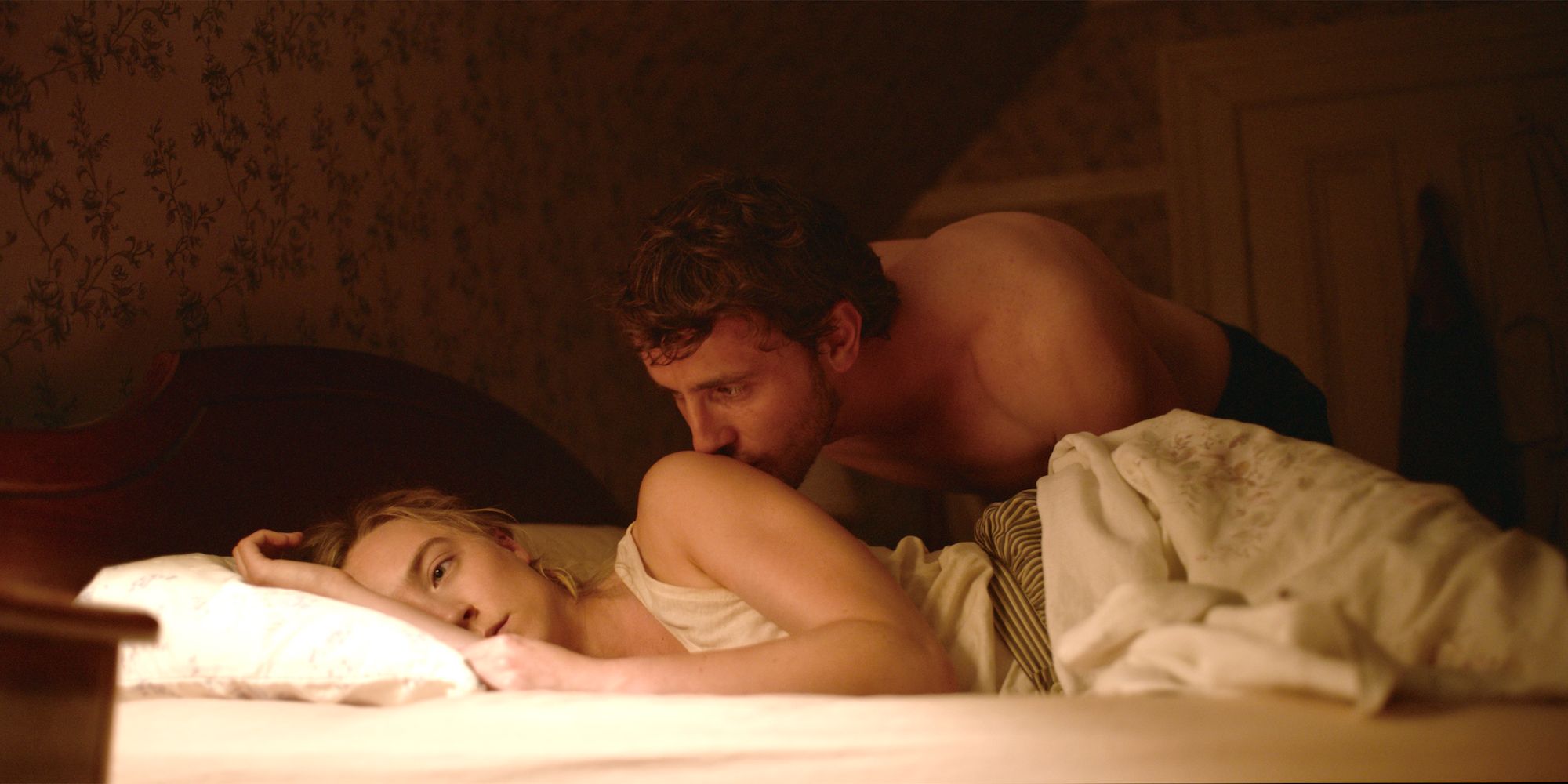
Related
Foe Review: Ronan & Mescal Are Perfect In Compelling, Visually Moving Drama
Foe offers an intriguing take on marriage. It’s a slow burn & sometimes confusing film with an emotionally gutting twist that is worth it in the end.
10 The Existence Of AI Is Revealed Immediately
In the film’s title cards
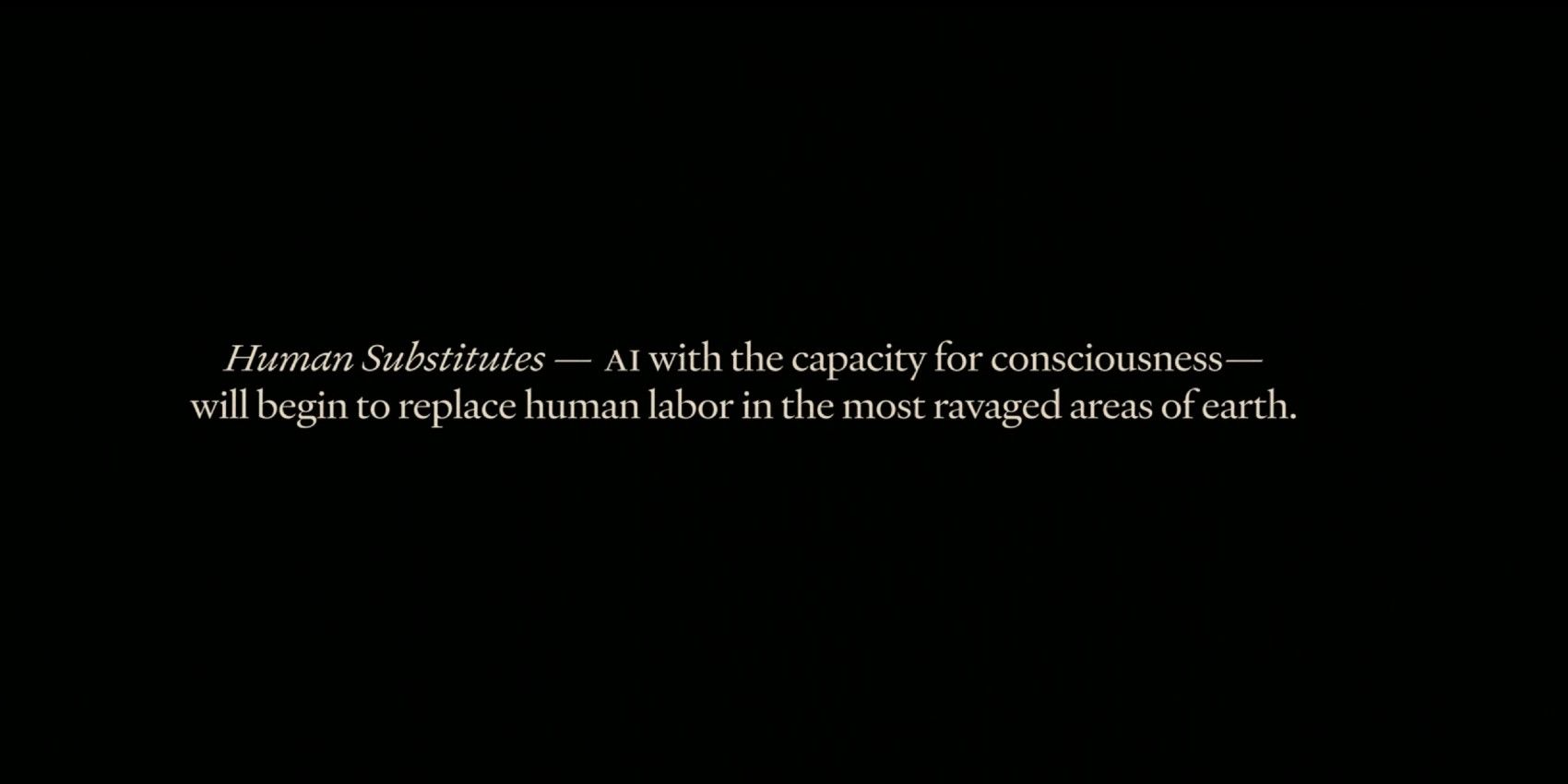
Though the novel is predicated on the existence of AI human replacements in the future, the reader is introduced to the concept more slowly. Hen and Junior are set up as a couple first, and AI is only brought up once Terrance arrives and explains the situation to Hen and Junior. Placing the context of the world’s story on one of the opening title cards makes it seem as though the film is going to lean more deeply into the sci-fi and technological aspects of the plot. It also hints at what’s to come, making Terrance’s announcement that Junior will eventually be replaced by AI seem fitting instead of unsettling.
9 Hen Tries To Protect The Junior AI
Instead of watching him be shut down
Though Hen is aware that the Junior she’s living with for those two years is the AI replacement, when it comes time for him to be shut down in the book, she doesn’t have a dramatic outburst. She calmly watches the AI Junior shut down with the real Junior by her side again and doesn’t indicate that it’s a traumatic moment for her. Instead of this, the film chooses to externalize the feelings she might have been having by allowing her to rush to AI Junior’s side and try to save him.
This also humanizes the AI Junior and further calls into question the ethics of Terrance and the OuterMore company. Due to Hen’s actions, Terrance seems to exhibit some remorse about essentially killing the AI Junior and even apologizes to him. Conversely, it’s Hen’s affection for the AI Junior that contributes to the rift between her and the real Junior. He can’t understand why she would go to such lengths for what he sees as a hollow copy.
8 The Story Is Told From Hen’s Perspective
Not Junior’s
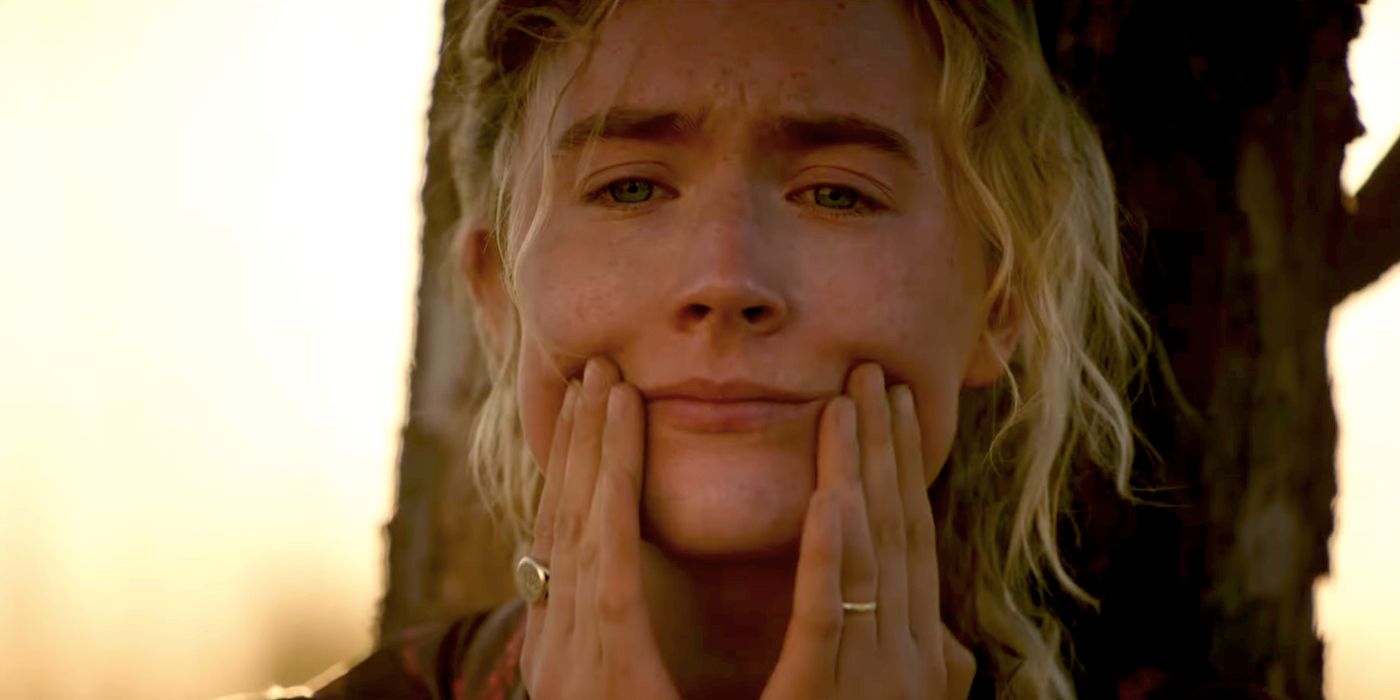
The book is narrated from Junior’s perspective, and it’s only later that the reader realizes it’s the AI Junior who has been speaking. In the movie, it’s Hen who’s telling the story, and it’s framed from her position watching the AI Junior enter her home and act as her husband. Due to the book being told in AI Junior’s voice, the twist that he has been AI the whole time hits even harder, and it’s his journey that feels the most important.
Deciding to center Hen’s experience was a feminist choice from Garth and Reid when adapting the screenplay, but it does make AI Junior seem even more alien. Additionally, as Ronan is such a strong performer, and better known than Mescal, allowing her to take the reins was a wise choice for the production. Of all of Saoirse Ronan’s best characters, Hen was a new challenge for the actress, but one she took on with great success.
7 The Film Centers Hen And Junior’s Relationship Even More
Whereas the book stays away from overly emotional dialogue
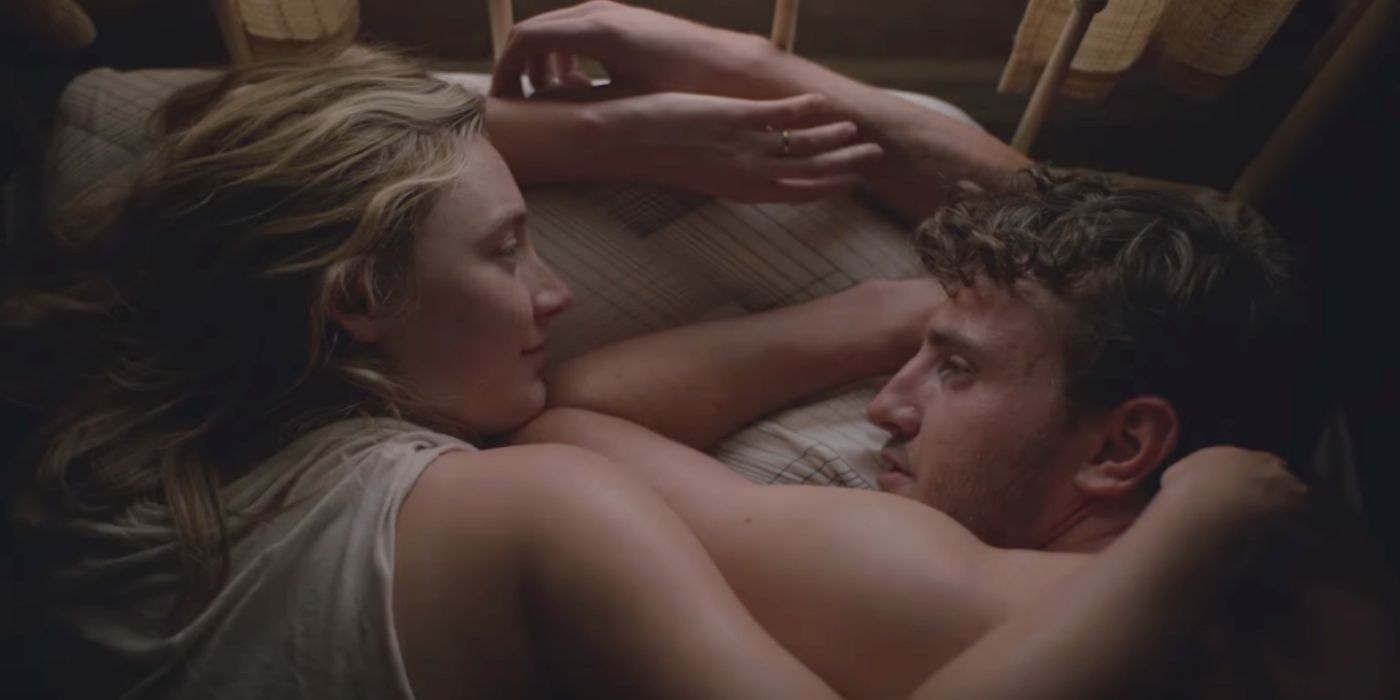
In both the film and the novel, there is a deep exploration of marriage and the dynamic between Hen and Junior, but the book is a bit more interested in the external factors rather than the internal ones. The relationship in the book is a device from which to examine the issues that face humanity in the present and future, and how this would play out in a small interpersonal arena. Conversely, the film focuses more strongly on the emotional realism of the two central characters and uses technological aspects as a backdrop. Both approaches effectively communicate the story, they just impose different viewpoints onto the narrative structure.
6 The Farm They Live On Is In America
Instead of unknown
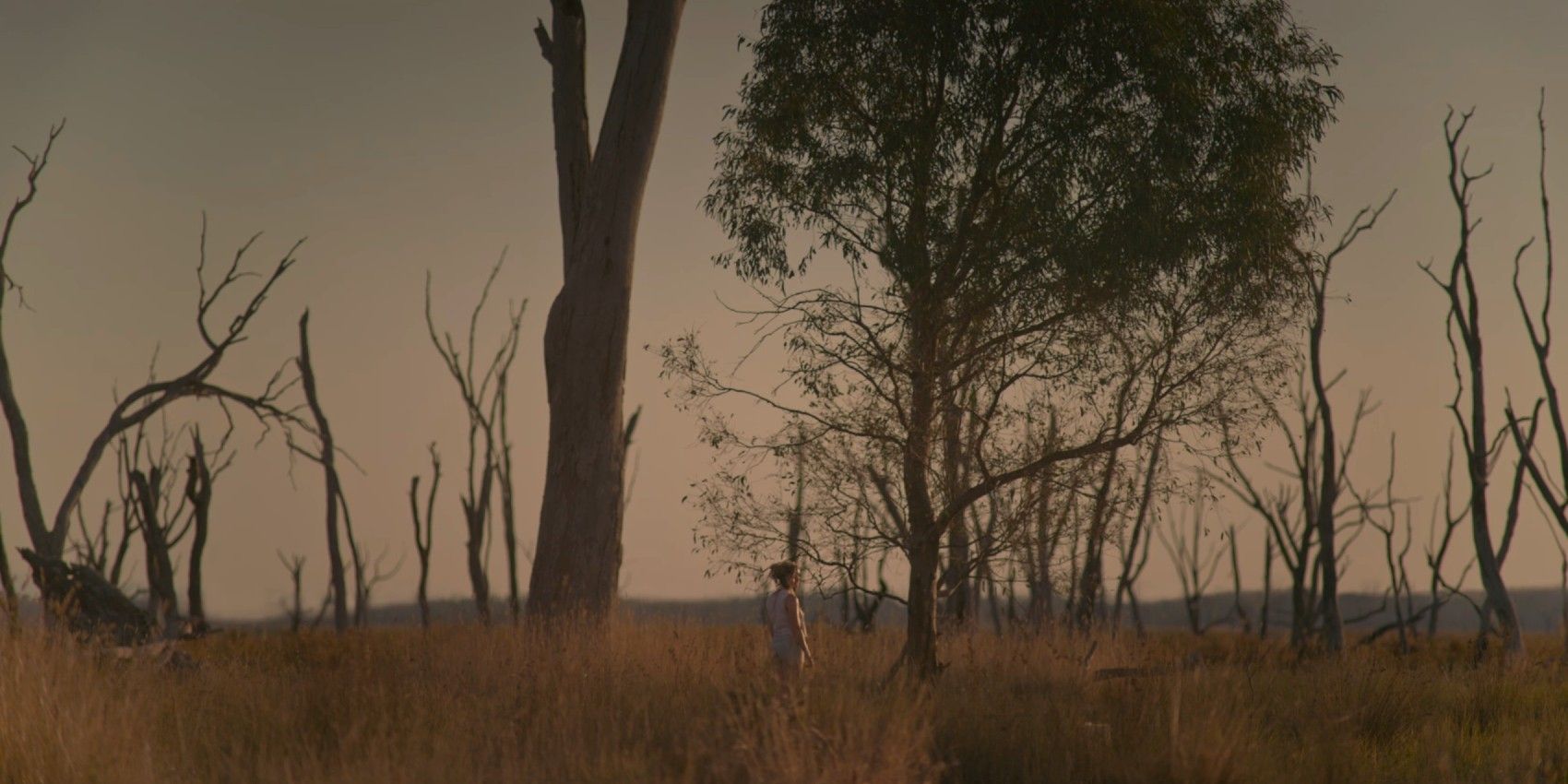
The virtue and limitation of film is that ambiguity can often be a barrier to the audience’s understanding of the film. Since it’s a visual medium, definitive choices must be made about the setting and position of the story and characters. In the book, the means of storytelling have the luxury of not having to ground themselves too deeply in an accurate time or place. This makes the alien features of the world seem even more strange. The film gives both Ronan and Mescal American accents and places their lonely farm in a desolate middle America, which the audience will have an opinion about, consciously or not.
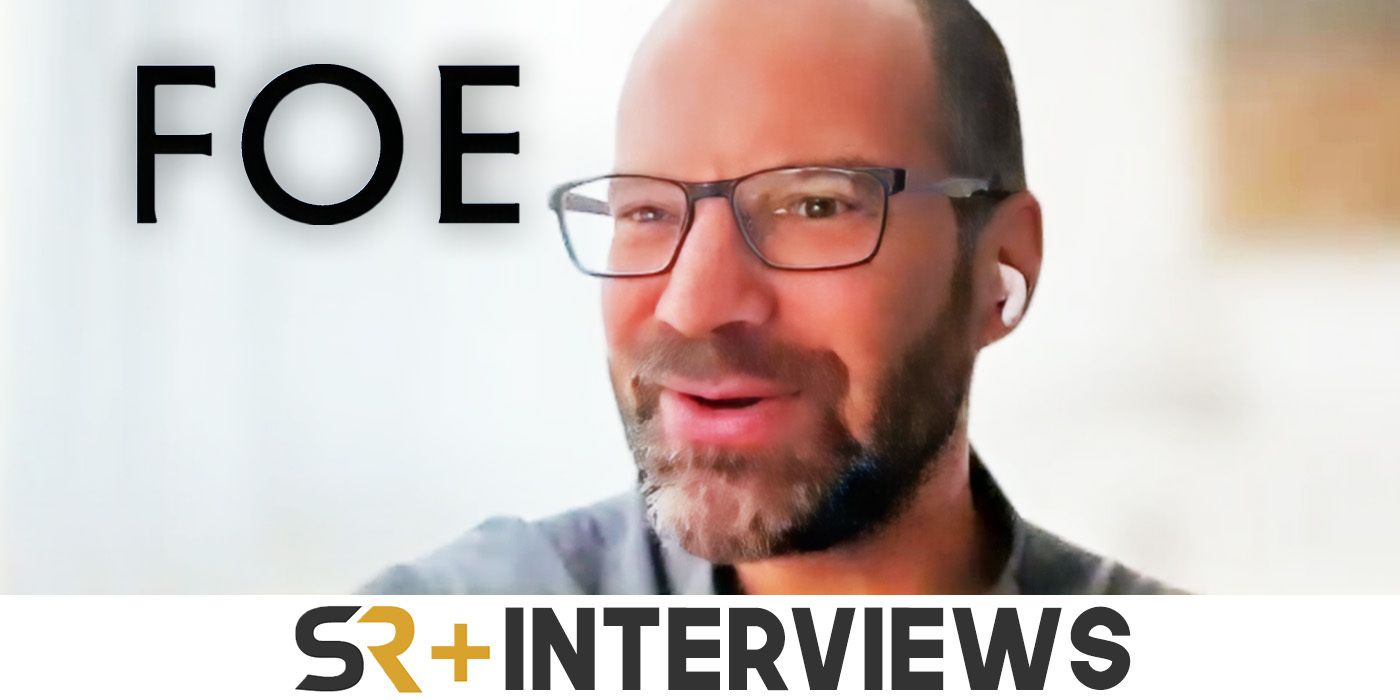
Related
Foe Cinematographer Mátyás Erdély On The Beautiful Sadness Of The Sci-Fi Film
Foe cinematographer Mátyás Erdély on working with Paul Mescal and Saoirse Ronan, the importance of emotion in film, and the current state of cinema.
5 What Happens To Hen After She Leaves Is Shown
Because her perspective is shown
By the end of the book, it’s made clear through literary clues that the Hen who comes back after her fight with Junior is not the real Hen, but an AI version. The film is much more explicit about this twist and goes as far as to show the real Hen aboard a plane and on her way to an uncertain but hopeful future. Since the film is told from her perspective, it makes sense that the filmmakers made this decision, as it would be a disservice to end with Junior’s conclusion instead of Hen’s. It’s satisfying to see the long-suffering character on her way to a better future.
4 The Time And Cause Of Earth’s Devastation Are Depicted
Not just the “near future” or unknown causes
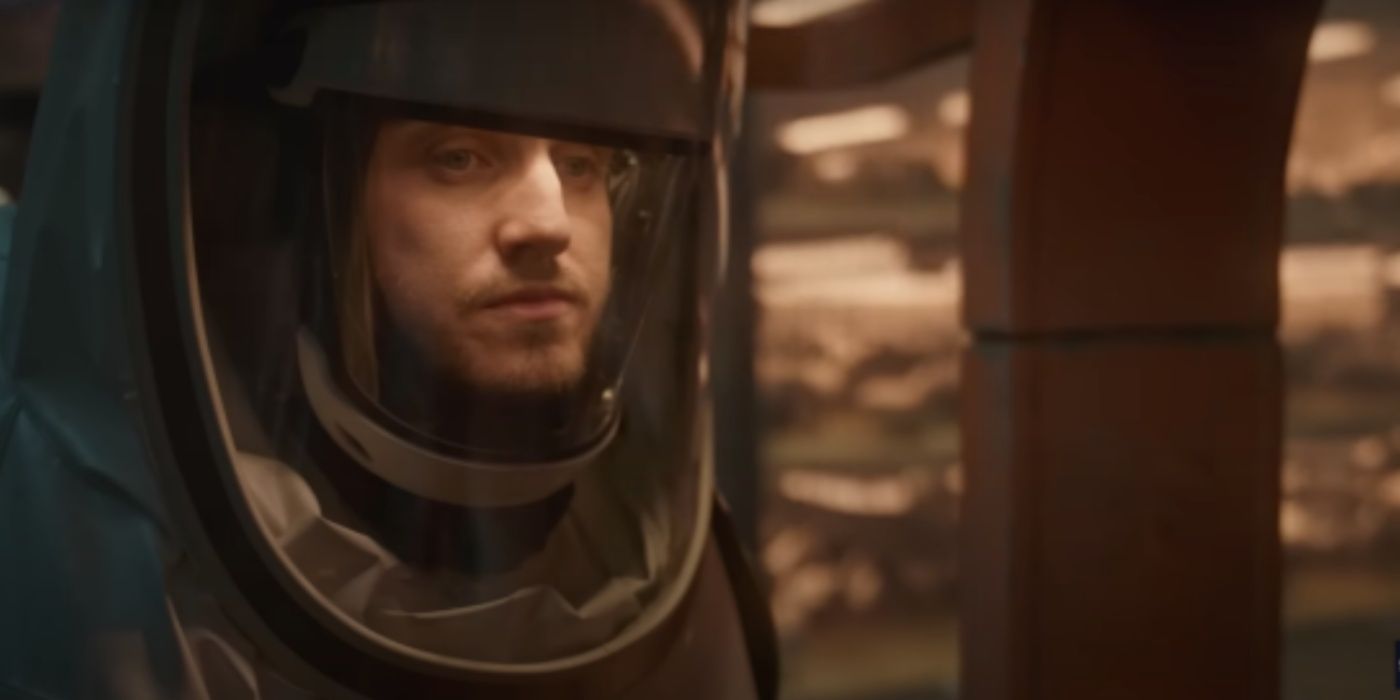
Setting the film in 2065 was a deliberate choice on the part of the film’s team and comments on the action that must be taken to curb the effects of climate change. Reid gives another ambiguous answer within the novel about when exactly the novel occurs and what the actions that led to the Earth’s devastation are. In the film, there is no skirting around the truth of the situation. Garth wants the audience to directly compare this future with the future of reality. Only a few decades away, and brutally honest about how climate change has left the Earth uninhabitable, the film leans into the social commentary.
3 Junior Is Being Recruited Instead Of Winning A Lottery
A small but key difference
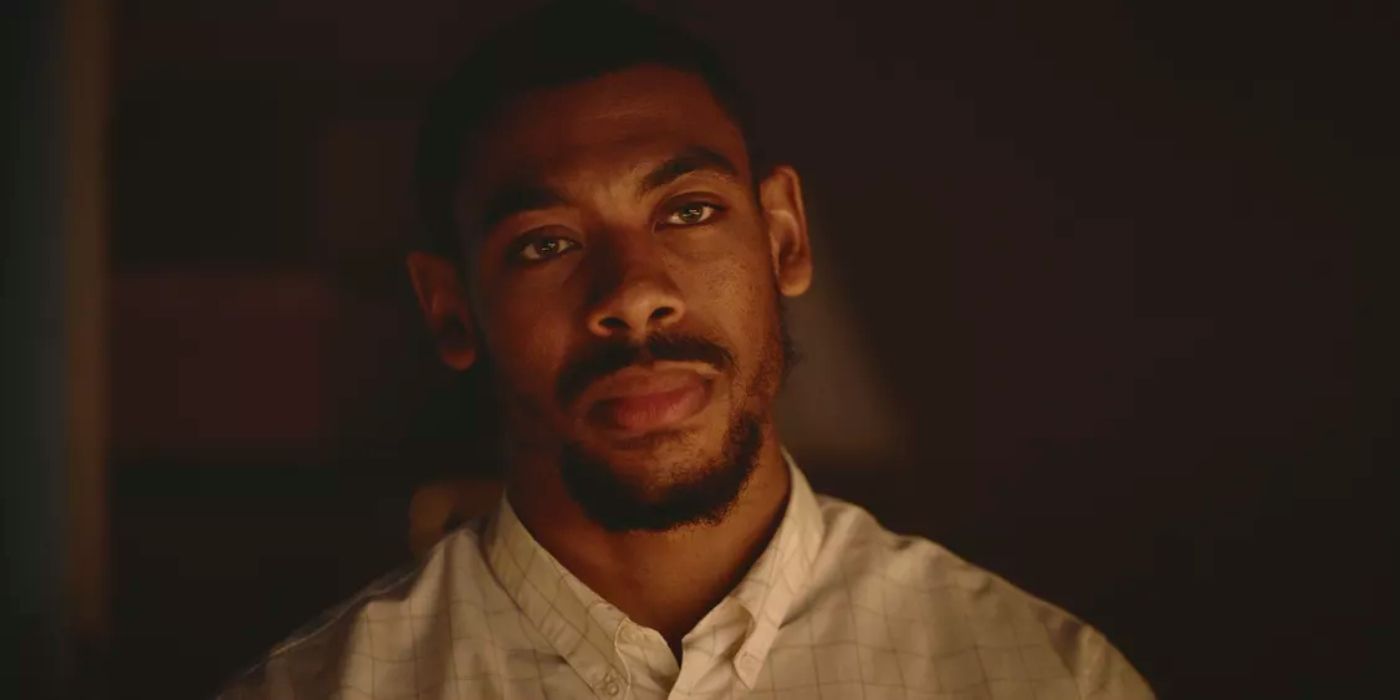
The framing of Junior’s selection to participate in The Installation being a purposeful decision on the part of OuterMore, is an interesting choice on the part of the film. The book has Terrance informing Junior he has been randomly selected and not much is known about this process. Terrance references Junior’s physical strength and other aspects that make him an ideal candidate. By having Terrance and OuterMore’s choice of Junior and Hen as test subjects seem more active, it opens up the questions of why, and the possibility that there could be more going on behind the scenes than the audience is aware of.
2 Hen Works At A Diner
Rather than living in complete isolation
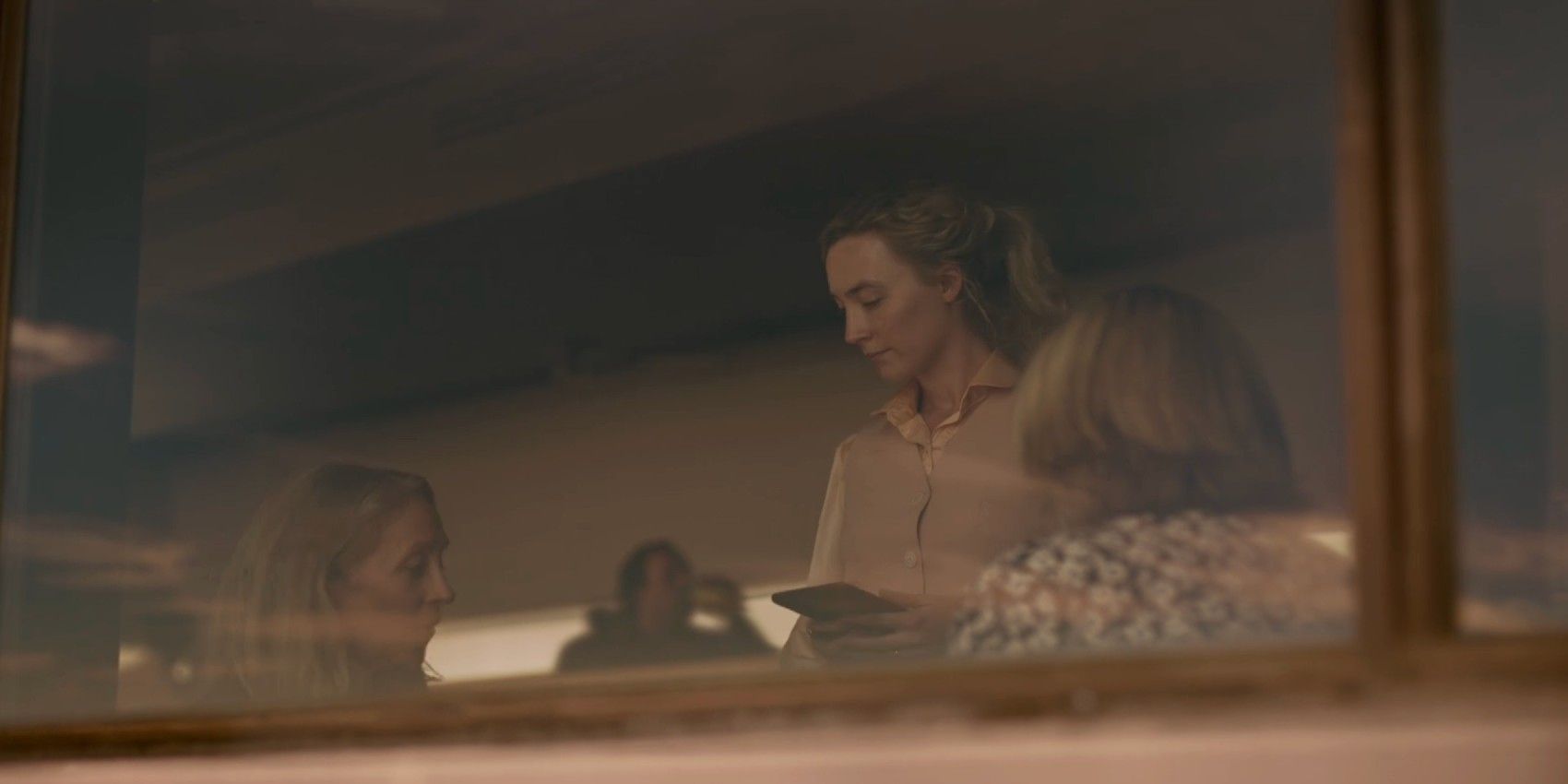
Part of what makes Hen and Junior unique, and perfect, candidates for the events of the plot is the fact that they live such an isolated life. Most of humanity lives far apart and private property is rare in a world where so much of the land must be devoted to farming. However, in the film, Hen works at a diner and has the opportunity to interact with other people in society. This could be an attempt to explain why Hen decides to leave in the end and show that she wanted a life outside the one she had with Junior.
1 It’s Easier To Predict The Twists
Less time is spent on the mystery
Many of the changes that the film makes come together to make the twists more predictable and less shocking, overall. Garth has stated that he was less concerned with maintaining the mystery of the book than with creating an emotionally compelling narrative. Focusing on Hen’s experience, the visual cues and lighting that indicate AI Junior’s difference, and the concrete information shared about the world all contribute to the audience having an idea about the truth of Hen and Junior’s marriage sooner rather than later. Though this might make the movie a touch less exciting, it does lend itself to the style and pace that Garth imbues the film with.
Foe
- Release Date
- November 2, 2023
- Director
- Garth Davis
- Cast
- Saoirse Ronan , Paul Mescal , Aaron Pierre
- Rating
- R
- Runtime
- 110 Minutes
- Genres
- Drama , Sci-Fi , Thriller
- Writers
- Iain Reid , Garth Davis
- Story By
- Iain Reid
- Studio(s)
- See-Saw Films , I Am That Productions , Anonymous Content , Screen Australia
- Distributor(s)
- Amazon Studios




